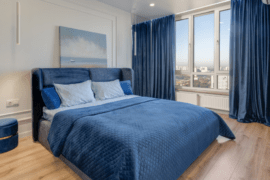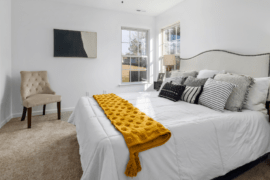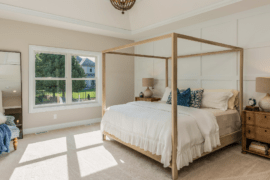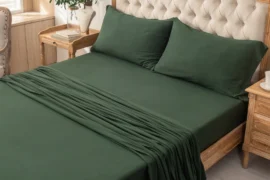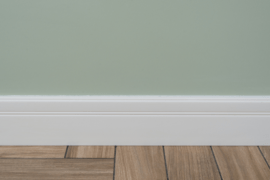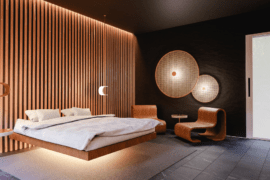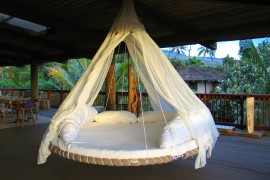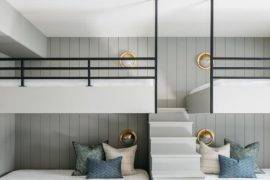Imagine transforming your living space with a simple yet magical piece of furniture that adapts to your every need – meet the day bed, your new best friend! We’re about to dive into the world of stylish comfort that promises to redefine the way you relax, work, and entertain. With their sleek design and multipurpose functionality, day beds are not just a place to catch a quick nap; they’re a lifestyle upgrade waiting to happen.
So, buckle up and get ready to uncover the secrets of incorporating this chic and versatile piece into your life, making every day a little more fabulous!
What is a Day Bed?
A day bed is a versatile piece of furniture that serves as a cozy seating area during the daytime and can transform into a comfortable sleeping spot at night. Ideal for small spaces or dual-purpose rooms like home offices or guest rooms, it combines the utility of a sofa and a bed.
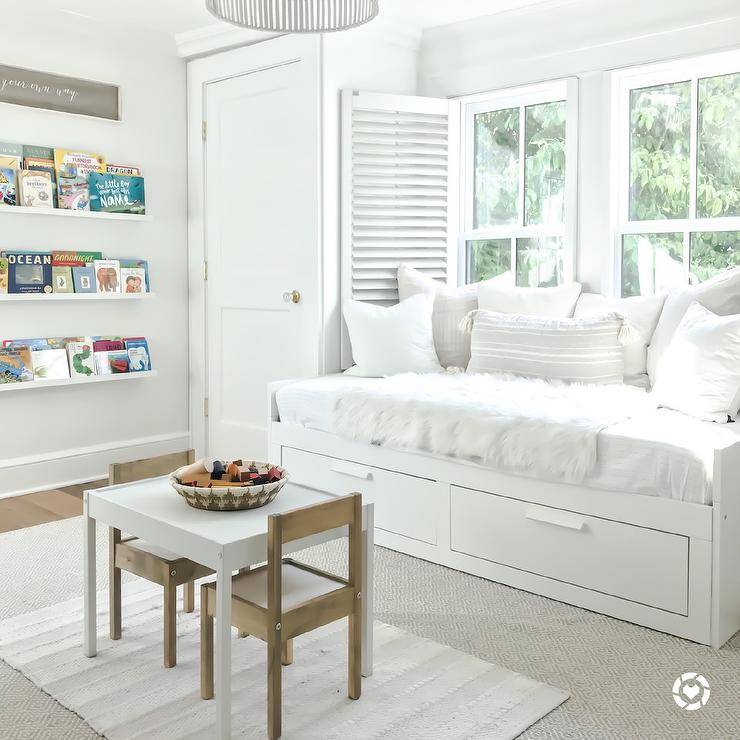
Typically, the design includes a frame on three sides, mimicking a couch, which allows for seating that’s deeper and more spacious than a conventional sofa. This design not only maximizes space but also enhances the aesthetic appeal of the room, making it a smart choice for those who appreciate functionality and style.
The unique characteristics of a day bed are highlighted by its ability to accommodate a standard twin mattress, making it an excellent option for restful sleep without compromising on comfort.
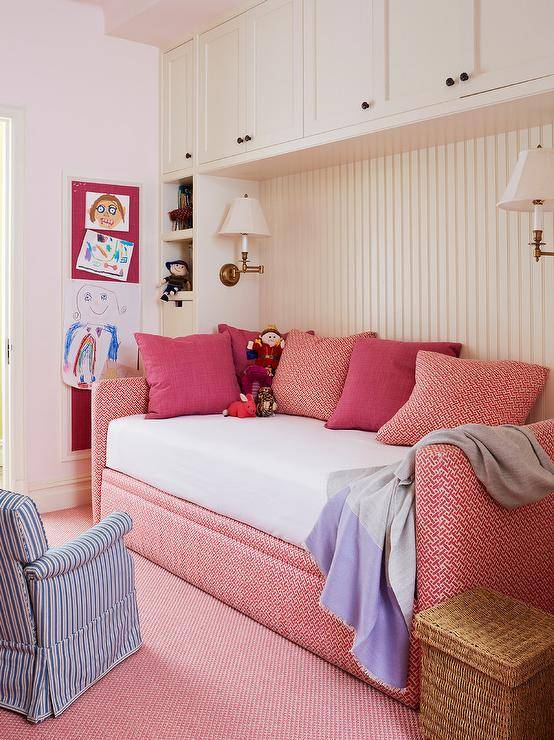
The Evolution of Day Beds
The concept of a day bed has a rich history, tracing back to the ancient civilizations of Greece and Rome, where they served dual purposes—seating by day and sleeping quarters by night.
These early versions were often ornately decorated, reflecting the wealth and status of their owners. Over the centuries, the day bed evolved, becoming a staple in the parlors of Victorian England as both a symbol of leisure and a practical piece of furniture. It was during this era that the design began to incorporate elements like the trundle, expanding its functionality.
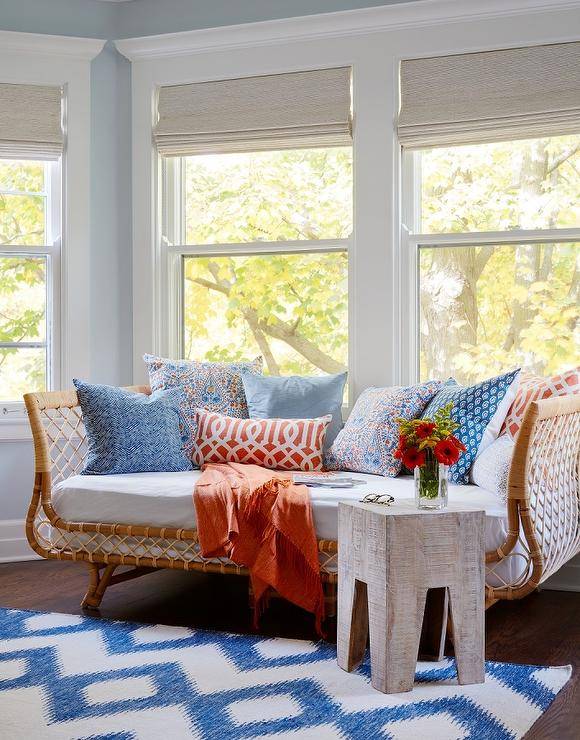
In the modern home, the day bed has adapted to contemporary needs and aesthetics, yet it retains its dual-purpose appeal. Designers have embraced this adaptability, crafting day beds that range from minimalist to ornate, making them a favored choice in today’s interior design.
Their evolution reflects changes in lifestyle and interior design trends, demonstrating how historical furniture pieces can be reimagined to fit modern life.
Design and Structure
When it comes to construction, day beds are commonly made from a variety of materials, each adding a different aesthetic and durability level. Wood and metal are the most popular choices; wooden day beds offer a warm, classic look and are often crafted from materials like pine, oak, or mahogany, which are known for their strength and longevity.
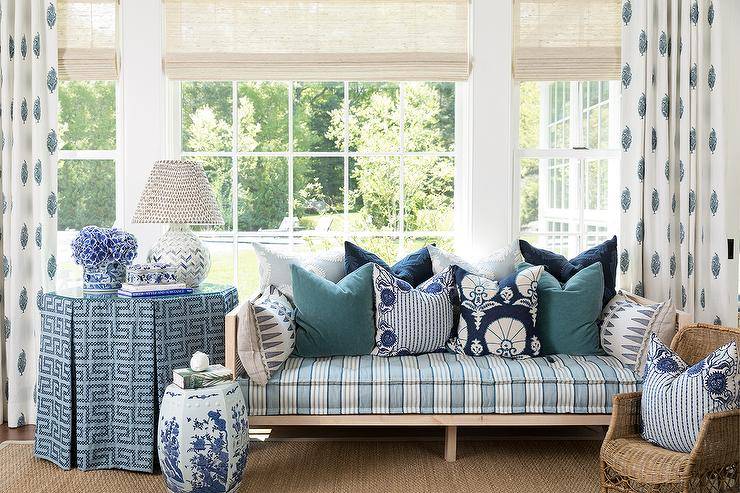
Metal day beds, on the other hand, provide a more modern feel with sleek lines and can be found in materials such as iron or aluminum, which are both sturdy and easy to maintain. These materials not only influence the bed’s style and functionality but also play a crucial role in its overall comfort and lifespan.
Utilizing Day Beds in the Home
Day beds are ideal for use in guest rooms, home offices, or even a child’s bedroom. Unlike traditional beds, which are typically larger and designed exclusively for sleeping, day beds have a three-sided frame that allows them to double as a sofa during the day. This feature offers a practical solution for those with limited space.
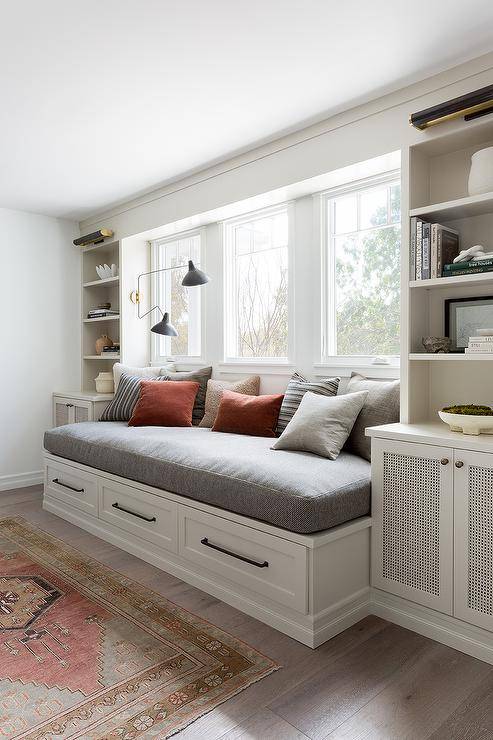
During the day, it offers a cozy nook for reading or lounging, transforming effortlessly into a comfortable sleeping spot by night. This makes it an ideal solution for small spaces or for homes that often host overnight guests but lack the luxury of a dedicated guest bedroom.
Moreover, in a living room setting, a day bed can add a touch of elegance while providing extra seating. The under-bed storage options available with some models also help in managing clutter, making them practical for use in children’s rooms or dens.
By choosing a day bed with a sleek design and complementing it with throw pillows and blankets, homeowners can enhance the aesthetic appeal of their space while ensuring functionality. This furniture piece not only maximizes the usability of a room but also elevates its decor, proving that practical solutions can also be visually appealing.
Choosing the Right Day Bed for Your Space
The key to selecting the right day bed is to assess the available space and determine how the day bed will be used. Will it primarily serve as a sofa for daily use, or do you need it to act as a bed for occasional overnight guests? This will guide your choices in terms of size, style, and mattress type.
Consider the design aesthetics of your room. Day beds come in a variety of styles, from modern and sleek to traditional, with intricate designs. The right choice should blend seamlessly with your existing decor while adding functionality and flair. Remember, the ideal day bed should not only fit your space physically but should also enhance the overall ambiance of the room.
Our Top Picks
Below, we’ve curated a list of day beds that stand out for their design, comfort, and practicality, ensuring there’s an option to complement any interior décor or personal preference:
For the Girly and Chic
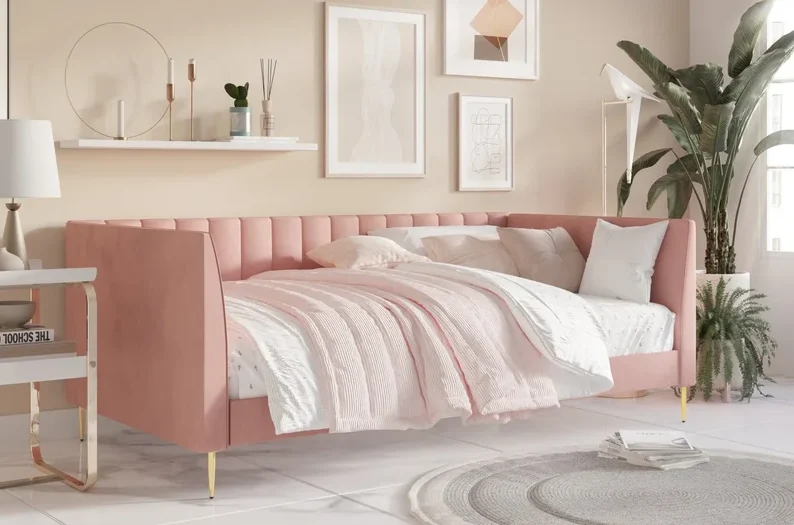
A metal day bed that suits a modern farmhouse aesthetic
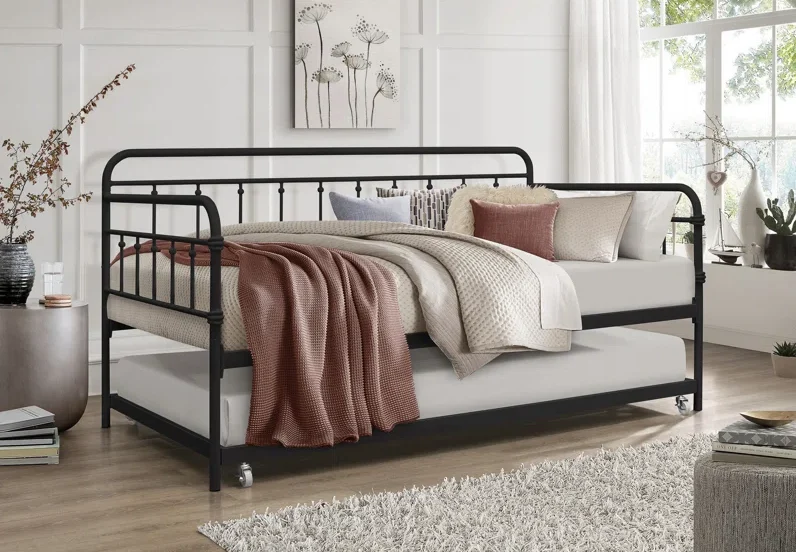
A bold pop of color to brighten any space
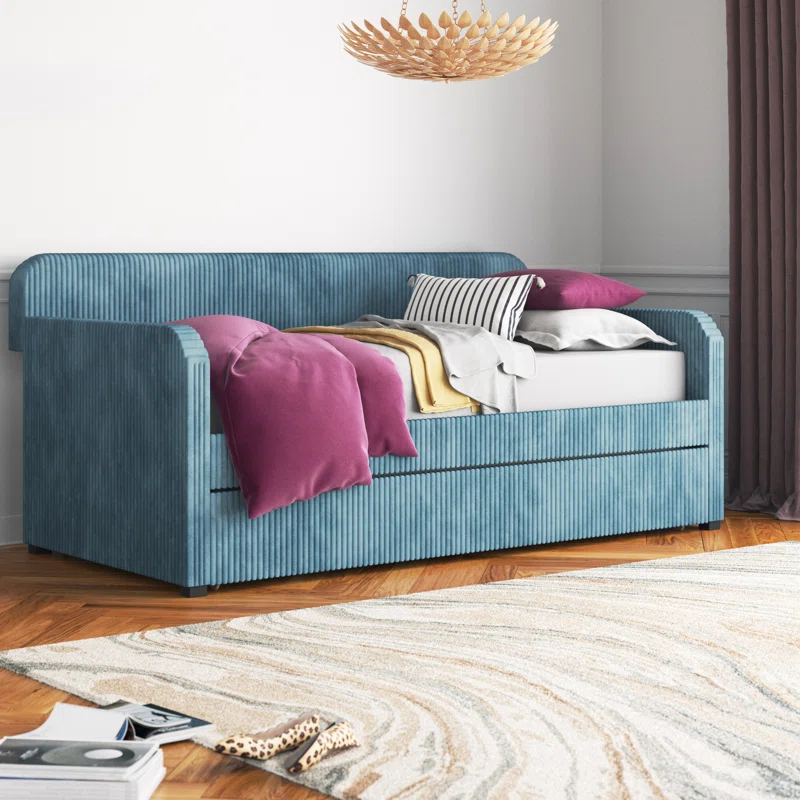
Modern and sleek to suit a space that loves clean lines
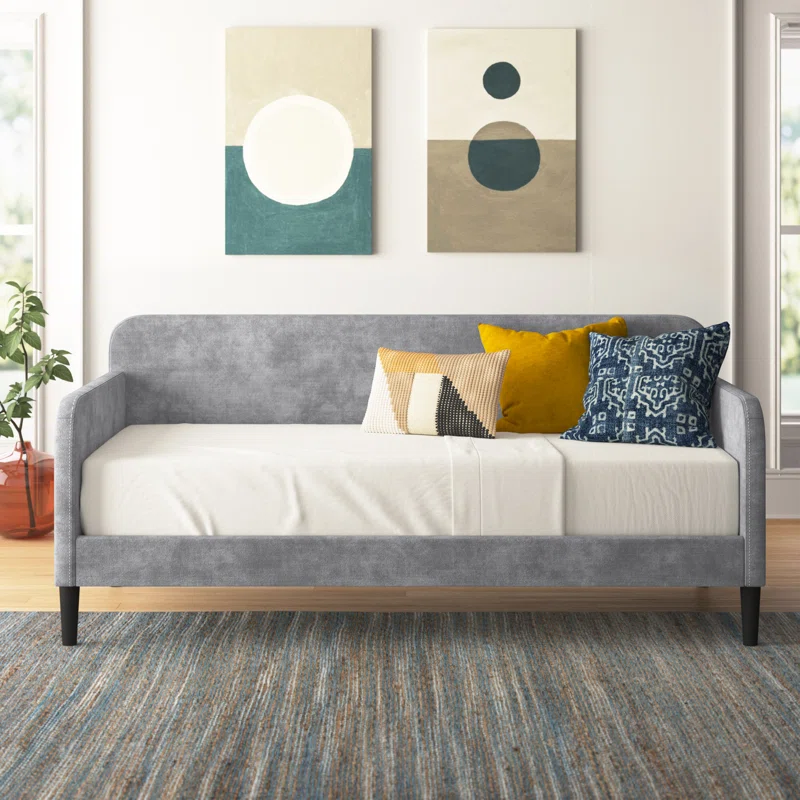
A day bed that has just a hint of Victorian charm, all while keeping a modern vibe
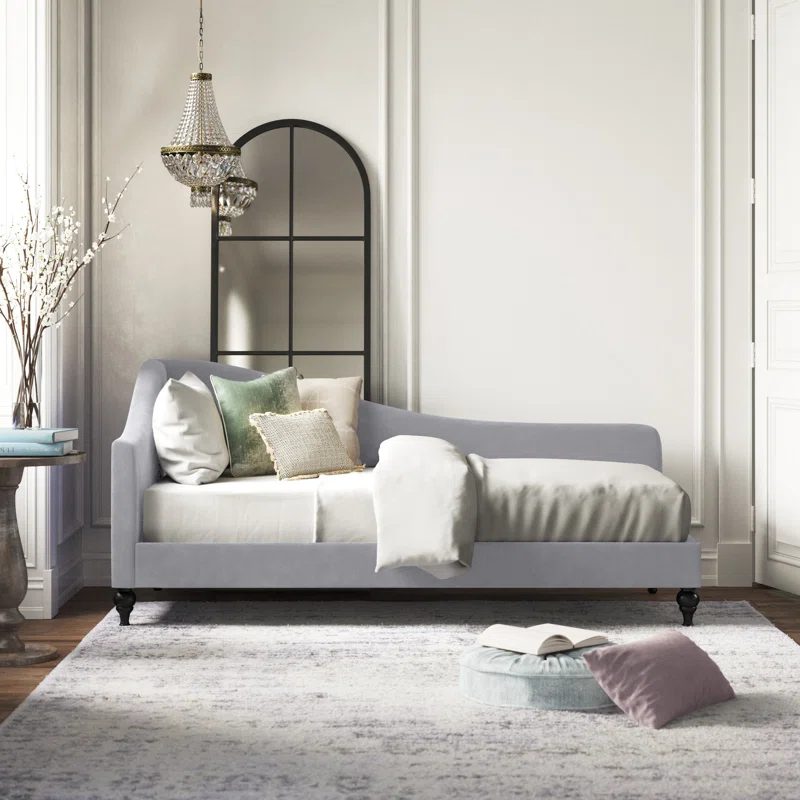
A rustic day bed filled with charm and warmth
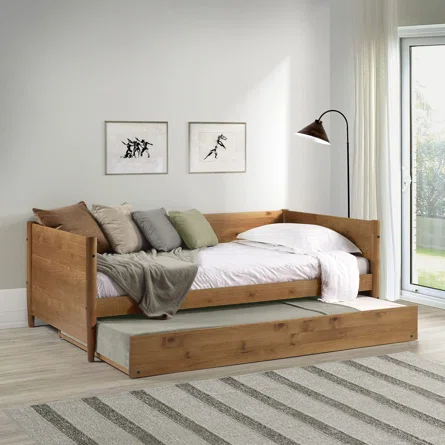
A bold mustard yellow that would suit any boho chic space.
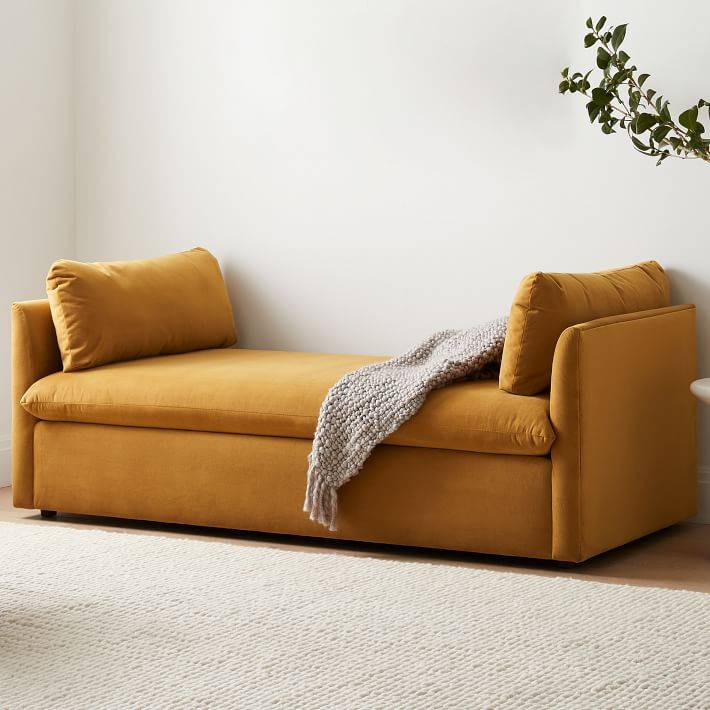
Related Articles
- Choosing the Perfect Bed Sheets for Blissful ZZZs
- 14 Inspiring Bedroom Color Combinations for a Restful Retreat
- 29 Chic and Unique Teenage Girls Bedroom Ideas
Ready to bring new life to your home? Subscribe to our newsletter for exclusive interior design tips, trends, and ideas that will transform your space. Click here to subscribe!
